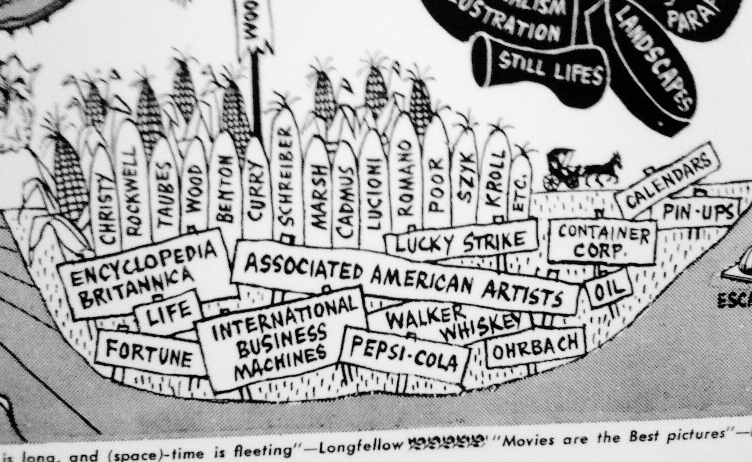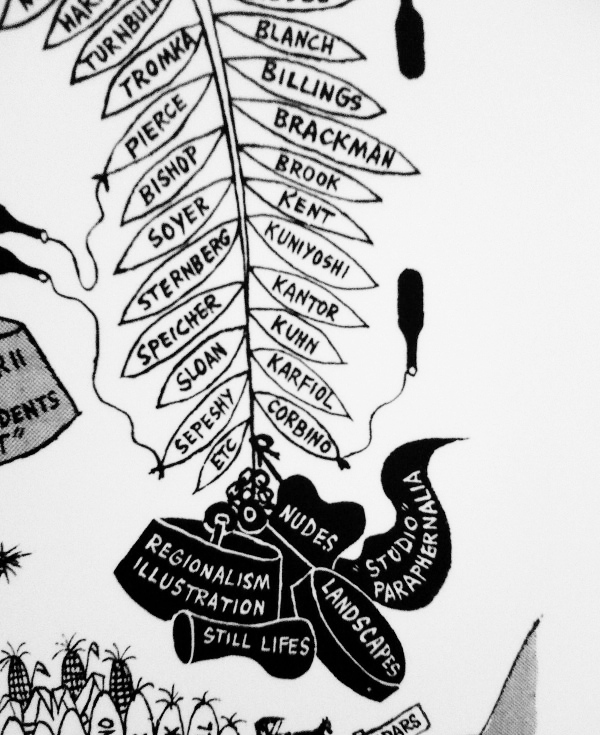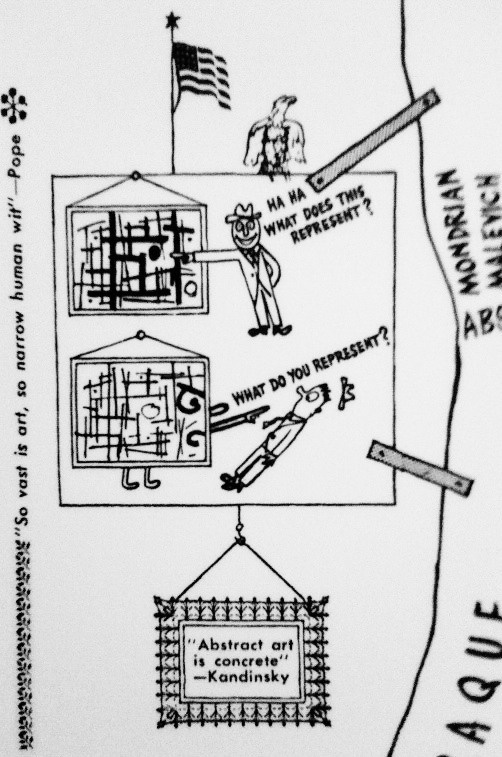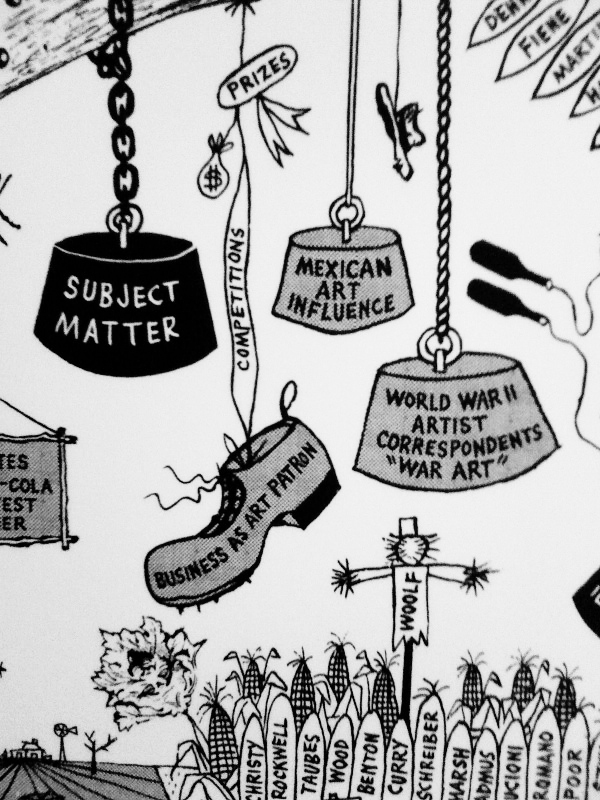“Reasoning by analogy is of considerable importance to science; indeed in as far as it is the principle of induction it may well for the basis for all physical and psychophysical sciences. Discoveries frequently start with metaphors. The light of thinking could hardly fall in a new direction and illuminate dark corners were it not reflected by spaces already illuminated. Only that which reminds us of something else makes an impression, although and precisely because it differs from it. To understand is to remember, at least in part.
Many similes and metaphors have been used in the attempt to understand mental abilities or functions. Here, in the as yet imperfect state of science, metaphors are absolutely necessary: before we know we have to start by imagining something……….
There is nothing finished in the brain, no real images; instead, we see only virtual, potential images waiting for a sign to be transformed into actuality. How this transformation into reality is really achieved is a matter of speculation. The greatest mystery of brain mechanics has to do with dynamics, not statics. We are in need of a comparative term that will allow us to see not only how an object receives and stores an imprint, but also how this imprint at any given time is reactivated and produces new vibrations within the object.” – Gramophone, Film, Typewriter









